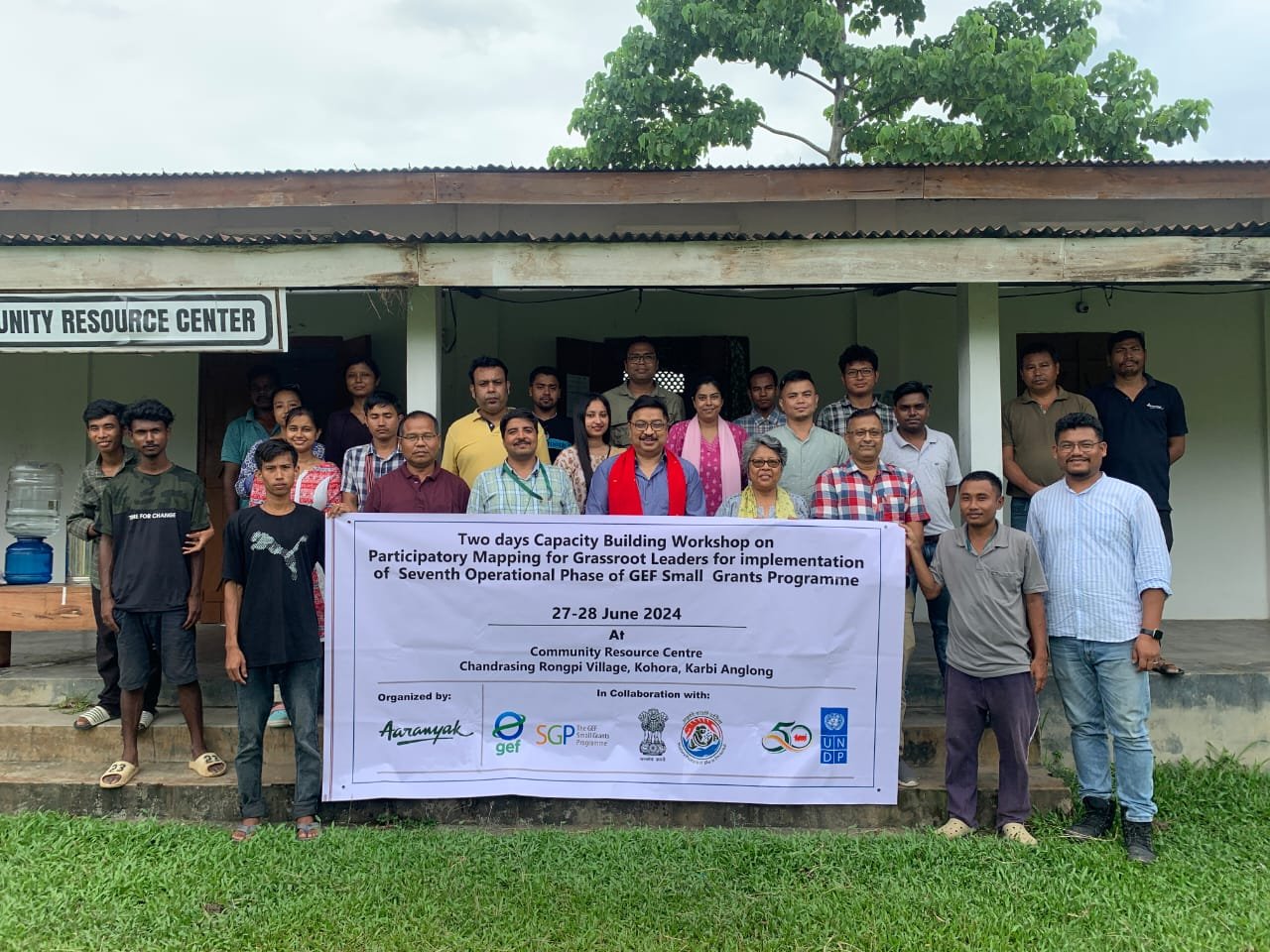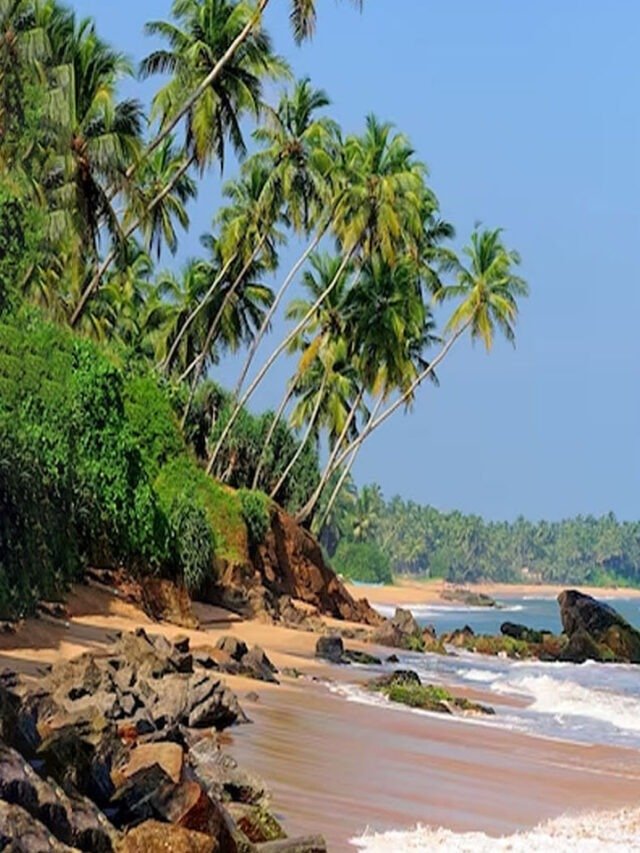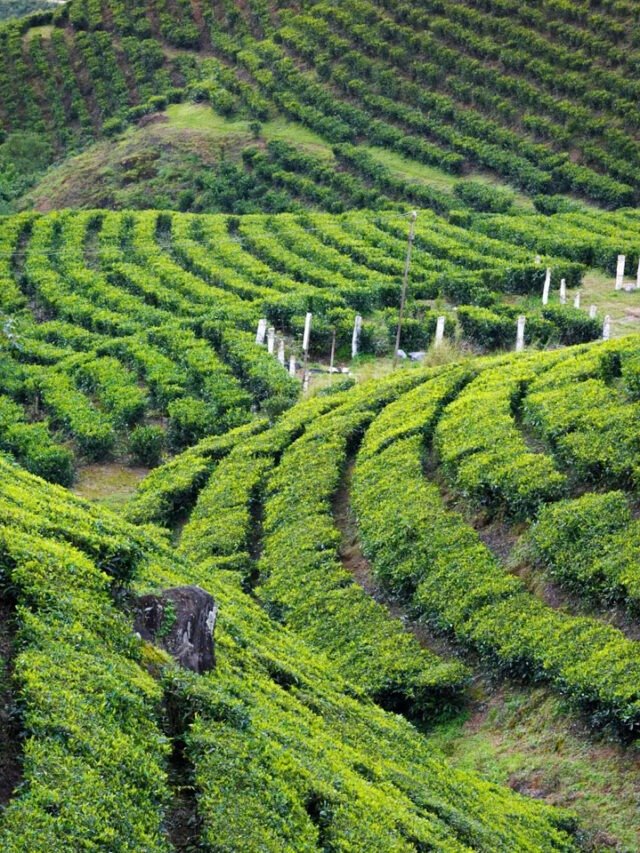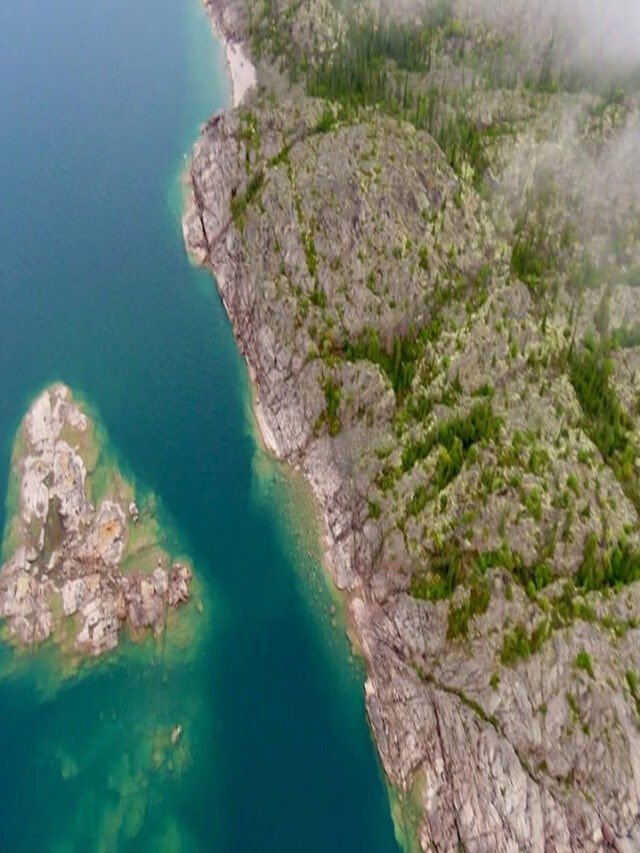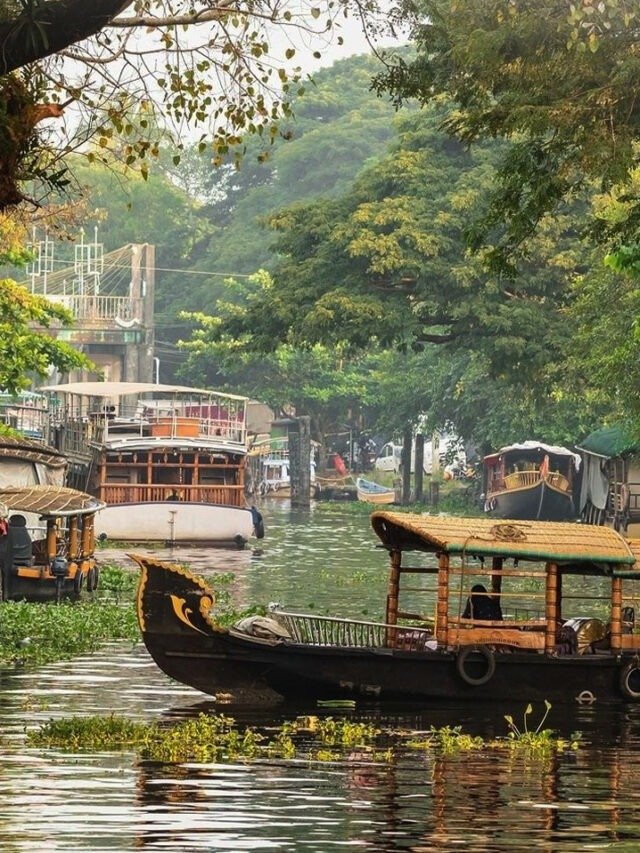HT Bureau
GUWAHATI, Aug 8: A two-day conservation education planning consultation was organised by the region’s premier biodiversity conservation organisation Aaranyak for the Kaziranga-Karbi Anglong Landscape from August 3 to 4 at Kohora, Karbi Anglong.
The workshop was organised to develop a strategic approach for conservation education with messages, media, tools, and techniques to engage children, adolescents, youth, and elderly people to sensitise and educate them on the importance of natural resources in the context of conservation, sustainable use of natural resources, and to achieve ecological, economic, and social security for the overall well-being of the ecosystem and the community.
Resource persons and delegates from various backgrounds, such as educational, cultural, academic, and social institutions of the Karbi Anglong district, were present at the two-day event. Dr Jayanta Rongpi, former MP, Karbi Anglong; Dr Dharamsing Teron, director, Centre for Karbi Studies, Diphu; Holiram Terang, former state cabinet minister; Chandrakanta Terang, ex MLA and songwriter; Chandrasing Kro, president, Karbi Cultural Society; Dr Robindra Teron, director, NEIAFMR, Pasighat; Dr Maggie Katharpi, Diphu Government College, Diphu; and many other learned and distinguished persons participated in the two-day workshop.
Representatives from the village community also participated in the workshop. The sessions for the workshop were moderated by Dr Jayanta Kumar Sarma, senior programme associate, Natural Resource Management Programme (NRMP) from Aaranyak. Dr M Firoz Ahmed, scientist F & coordinator of NRMP from Aaranyak, initiated the session by sharing the Community-Based Natural Resource Management (CBNRM) initiatives of Aaranyak that are being implemented and are ongoing in the Kohora and Diring area, giving the participants an overall view of its initiative in KKL.
He also highlighted how Aaranyak’s focus has shifted from specific fauna and flora conservation to a more holistic approach by engaging local communities to conserve their traditions and culture, preserving cultural integrity and heritage, and cultural ethos for future generations in resonance with UN SDGs.
During the consultation, the participants worked in groups to discuss specific themes – natural resource management and biodiversity conservation; village institution and social capital for biodiversity and livelihood; traditional knowledge and cultural values for NRM, biodiversity conservation, and village development; traditional knowledge and cultural values, gender, equity, and village development; traditional knowledge, culture, skills, and youth development; and innovation in livelihood matching with ecosystem, nature, and culture. After the group discussions, all six groups presented their outcomes, which sparked further innovative discussions.
The second day of the workshop saw participation from delegates and community members who engaged in a productive discussion on the ideal Karbi village development model, heritage education, and intergenerational knowledge transfer, village structure, and natural resource utilisation and management.
A key discussion during the workshop revolved around defining an Ideal Karbi Village ‘Rong Marjong’. This comprehensive discussion included elements such as defined village boundaries and within that, a residential area, community forest (Rong Anglong/ Rong Angnam/ Namso pangjok) with important flora as per Karbi culture, sacred groves (Pirda), cremation grounds (Thiri) situated away from residential areas, and a strong traditional village administration system led by Sarthe/ Rong asar.
In the latter part of the workshop, participants were divided into two groups for focused brainstorming. One group explored ideas for developing Message-Media-Target (MMT) strategies, while the other concentrated on creating an ethical framework for Conservation Education and Communication (CEC) while engaging with Karbi communities.
Overall, the consultation was successful in establishing an exchange of dialogue between the community leaders, village leaders, and Aaranyak, with deep insights into the community’s specific needs in creating an ideal environment that fosters an understanding and practical approach to sustainable practices and coexistence.
The participants actively engaged in discussions, providing valuable feedback that will guide future program initiatives. This collaborative effort highlighted the importance of community involvement in conservation efforts and the necessity of tailoring solutions to local contexts.
The event was successfully managed by the NRMP team of Aaranyak along with volunteers from the village community.





